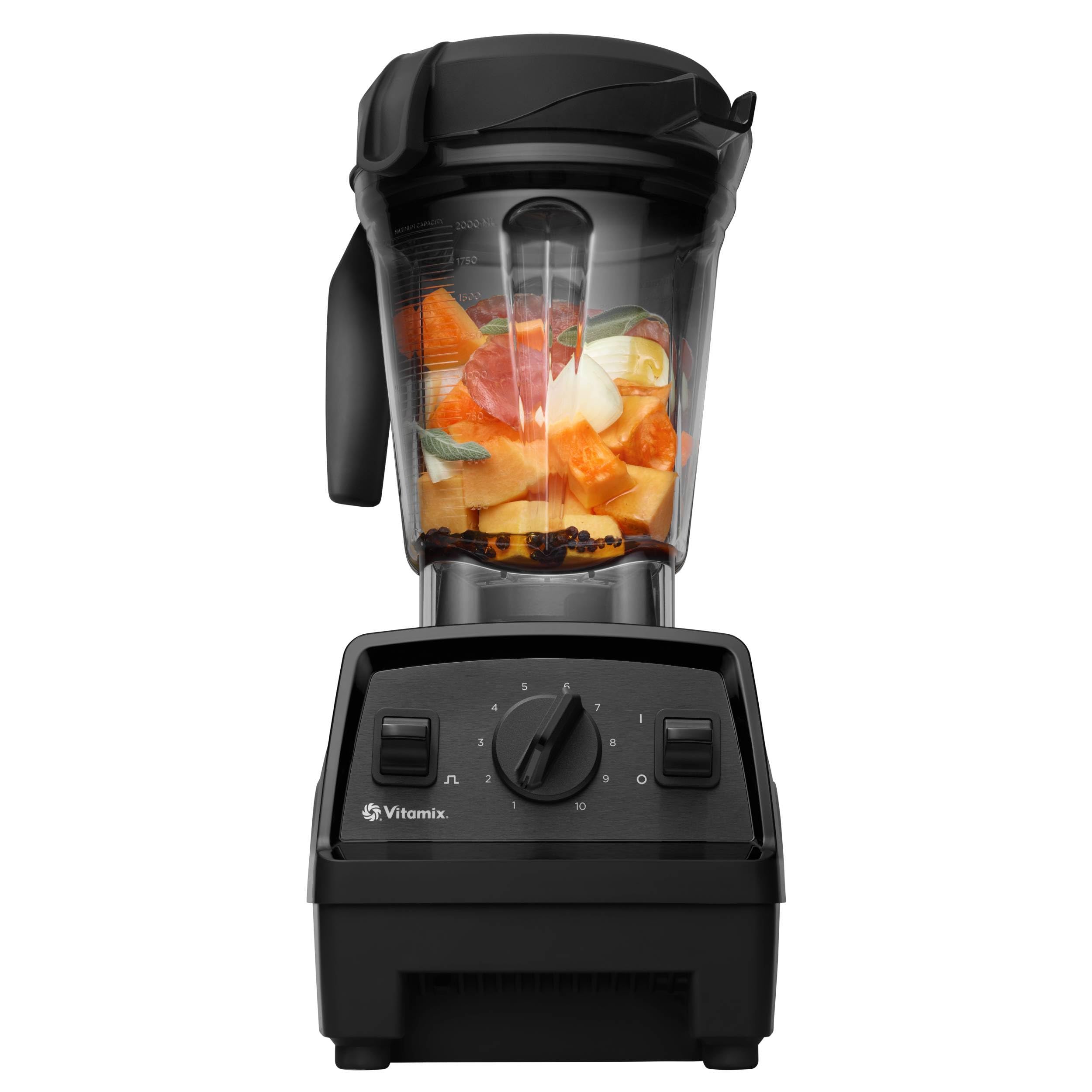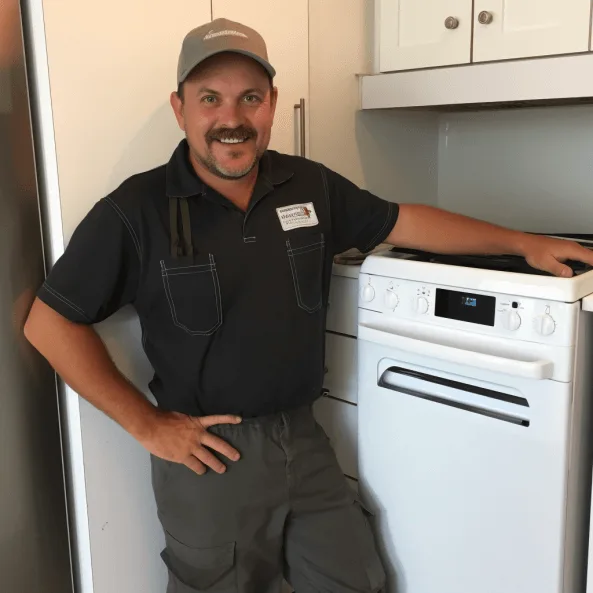Ever found yourself staring at a load of laundry waiting to be washed, only to realize your washer won’t spin? Frustrating, right? You’re not alone. It’s a common issue that can throw a wrench in your laundry day plans. But fear not, because in this article, you’ll discover simple and effective ways to tackle this problem head-on.
Picture this: You’re standing in front of your washer, scratching your head, wondering why it’s refusing to spin. It’s a situation that can leave you feeling puzzled and overwhelmed. But with the right guidance and a few handy tips, you’ll be back to enjoying fresh, clean laundry in no time.
Check for Unbalanced Load
When your washer machine won’t spin, a common culprit could be an unbalanced load. Here’s how to address it:





- Spread out: Ensure clothes are evenly distributed in the drum.
- Adjust: Reposition items if needed to create a more balanced load.
- Reduce load: If it’s too heavy on one side, take some items out and even it out.
- Restart: After making adjustments, restart the cycle and see if the machine begins to spin.
Remember, an unbalanced load can cause your washer machine to struggle with spinning properly. By checking and correcting the balance, you can often resolve this issue swiftly.
Examine the Drive Belt
When your washing machine won’t spin, a faulty drive belt could be the culprit. The drive belt is responsible for rotating the drum of the machine, so any issues with it can lead to spinning problems. Here’s how you can examine the drive belt:
- Inspect visually: Look for any cracks, fraying, or signs of wear on the belt.
- Check for looseness: A loose belt may slip or prevent the drum from spinning effectively.
- Ensure proper alignment: The belt should sit snugly on the pulleys without slipping off.
If you notice any damages or issues with the drive belt, it may need to be replaced to restore your washing machine’s spinning functionality.
Inspect the Motor Coupler
When your washing machine won’t spin, another component to check is the motor coupler. This part connects the motor to the transmission, enabling the drum to spin. Here’s how you can inspect the motor coupler:
- Visually examine: Look for any signs of damage such as wear or breakage.
- Rotate the coupler: Check if it moves freely without any resistance.
- Replace if necessary: If the motor coupler is worn out or broken, it may need to be replaced to restore proper functionality to your washer.
Remember, a faulty motor coupler can often be a common culprit in cases where the washing machine fails to spin. By inspecting and addressing any issues with the motor coupler, you can potentially resolve the spinning problem efficiently.





Test the Lid Switch
When your washer won’t spin, one component to check is the lid switch. This safety feature ensures that the washer won’t spin if the lid is open. Here are steps to test the lid switch on your washing machine:
- Open the lid and locate the switch, usually found near the door frame.
- Close the lid slowly and listen for a clicking sound. This noise indicates that the switch is functioning correctly.
- If there’s no click, the lid switch might be faulty. You can use a multimeter to test for continuity.
Checking the lid switch can help you determine if it’s the culprit behind the spinning issue. If the switch is defective, replacing it can restore your washer’s spinning functionality.
Clean or Replace the Drain Pump
When your washing machine won’t spin, a potential culprit could be a clogged or faulty drain pump. Here are some steps to help you tackle this issue:
- Inspect the drain pump: Look for any debris or foreign objects that may be obstructing the pump. Remove any blockages carefully.
- Check the pump for damage: If the drain pump is visibly damaged or making unusual noises, it may need to be replaced.
- Clean the pump filter: Regularly clean the pump filter to prevent clogs and maintain the pump’s efficiency.
- Test the pump: You can test the drain pump for continuity using a multimeter to determine if it is functioning properly.
- Replace if necessary: If the drain pump is not working correctly, consider replacing it with a compatible part to ensure smooth operation.
Dealing with issues related to the drain pump promptly can help resolve spinning problems in your washer efficiently.
Conclusion
You’ve learned the key steps to troubleshoot and fix a washer that won’t spin. By inspecting the motor coupler, testing the lid switch, and now considering the drain pump, you have a comprehensive approach to tackle spinning issues. Remember to check for debris, damage, and clean the pump filter regularly. Testing for continuity with a multimeter and replacing the pump if needed can help resolve the problem effectively. Keeping your drain pump in good condition is crucial for ensuring your washer functions smoothly. With these tips, you’re equipped to handle spinning problems in your washing machine confidently.





Frequently Asked Questions
Why is inspecting the motor coupler important in washing machines?
Inspecting the motor coupler is crucial as it connects the motor to the transmission and can wear out over time, leading to spinning issues.
Why is testing the lid switch essential in washing machines?
Testing the lid switch is vital because if it’s faulty, the washer may not enter the spin cycle, resulting in spinning problems.
How can cleaning or replacing the drain pump help resolve spinning issues in washers?
Cleaning or replacing the drain pump is crucial as blockages or malfunctions in the pump can impede water drainage, causing spinning problems in washing machines.
What steps are involved in addressing drain pump issues?
Steps include inspecting the drain pump for debris, checking for damage, cleaning the pump filter regularly, testing for continuity with a multimeter, and replacing the pump if necessary.
How effective is addressing drain pump issues in resolving spinning problems in washers?
Promptly addressing drain pump issues can effectively resolve spinning problems in washers, ensuring smooth operation of the appliance.

Hi, I’m Charlie, and I cover all things laundry here at Appliance Mastery.
I’ve spent over eight years working on washing machines, dryers, and dishwashers. I also have a degree in mechanical engineering, which helps me understand how these appliances really work.
I try to make every guide clear and practical. If you’re stuck with a noisy dryer or a leaking washer, I’ll help you figure out what’s wrong and how to fix it.
